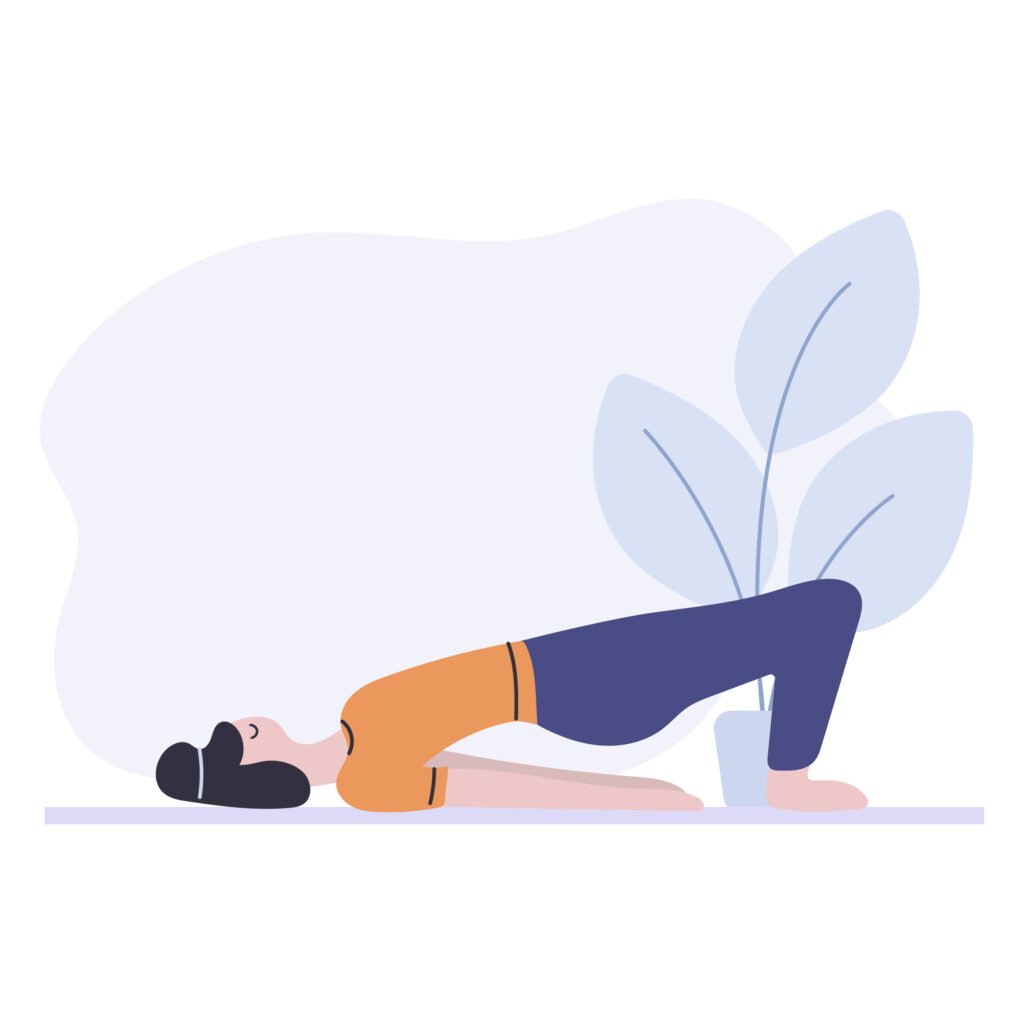If you’re wondering how to squeeze pelvic floor muscles, you’re not alone. It’s one of the most commonly searched pelvic floor health questions – because getting it right is essential, yet surprisingly tricky. Many women aren’t taught how to find or activate these muscles, even though pelvic floor health affects everything from bladder control to core stability and sexual wellbeing.
This guide will walk you through how to squeeze pelvic floor muscles properly and safely, why it matters, and how to make it part of your wellness routine.
What Are Pelvic Floor Muscles?
The pelvic floor is a hammock-like group of muscles and connective tissues that support your bladder, bowel, and uterus. Like any other muscle group, they need regular engagement and relaxation to function optimally.
When functioning well, these muscles help you control urination, support posture, prevent prolapse, and enhance sexual function. When weak or too tight, they may contribute to incontinence, pelvic pain, or discomfort during intercourse.
How to Squeeze Pelvic Floor Muscles (The Right Way)
Before you try any exercises, it’s essential to identify the correct muscles.
If you can, find a quiet space, empty your bladder and sit or lie down comfortably.
Here’s how to squeeze pelvic floor muscles:
- The pelvic floor works with your breath. Take a breath in, imagine your pelvic floor spreading, softening and melting downwards (imagine your pelvic floor is like flower petals gently opening and expanding downwards. Be careful not to bear down).
- As you breath out gently close your back passage as you are stopping wind. Then draw up and in from the front like your stopping pee midstream.
- It should feel like a gentle lift inside not a big squeeze of buttock, legs or inner thighs.
Avoid:
- Holding your breath. Try to breathe normally
- Don’t try this on the toilet!
There you go – this is your pelvic floor contraction.
How Often Should You Do Pelvic Floor Exercises?
To strengthen the muscles:
Slow squeezes: Tighten and lift for 5 seconds, then relax for 5 seconds. Repeat 10 times.
Quick squeezes: Tighten and lift quickly, then release. Repeat 10 times.
Aim for 3 sets per day. Quality matters more than quantity – focus on technique.
Tip: Set daily reminders on your phone or link exercises to a routine task, like brushing your teeth.
Or better yet, find an accountability buddy. Checking in with a friend can be a fun and motivating way to stay consistent with your pelvic floor health.
What Not to Do
Many women unknowingly practice poor technique. Avoid these common mistakes:
Tensing glutes or inner thighs – these muscles aren’t part of the pelvic floor.
Holding your breath – keep breathing throughout.
Overtraining – this can lead to tension or pelvic floor dysfunction.
If you’re unsure you’re doing it right, book an assessment with a pelvic health physiotherapist. You can learn more from the NHS guide on pelvic floor exercises.
Why It Matters
Learning how to squeeze pelvic floor muscles can:
Prevent or reduce urinary incontinence
Improve postpartum recovery
Support pelvic organ positioning
Increase sexual sensation and comfort
Boost confidence in your body
Don’t wait for symptoms to appear. Pelvic floor training is preventative care, especially during pregnancy, after childbirth, and around menopause.
What If My Pelvic Floor Is Too Tight?
Not everyone needs to strengthen their pelvic floor – some need to learn to relax it.
Signs of a tight pelvic floor include:
Difficulty starting urination
Pain during sex
Constipation
Ongoing pelvic tension or heaviness
If this sounds familiar, see a physiotherapist. They may recommend relaxation techniques like diaphragmatic breathing or down-training exercises. Read more via the Royal College of Obstetricians and Gynaecologists and POGP’s pelvic health resources.
Final Word
Knowing how to squeeze pelvic floor muscles is a powerful step in protecting your pelvic health. The key is gentle, consistent practice, combined with awareness and support when needed. Don’t feel discouraged if it takes time – this is a skill, and like all skills, it gets easier.
At Mothercore, our pelvic health physiotherapists are here to guide you through your journey, whether you need strengthening, relaxation, or simply clarity on what’s right for you.

